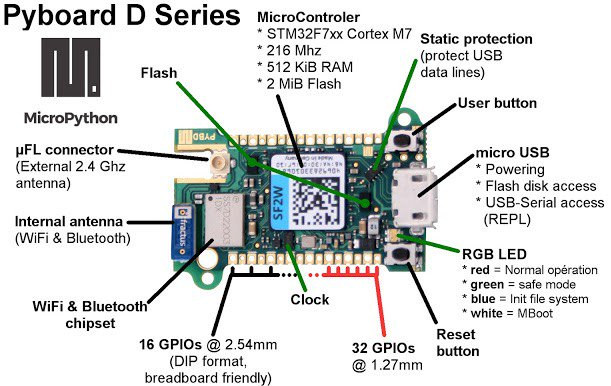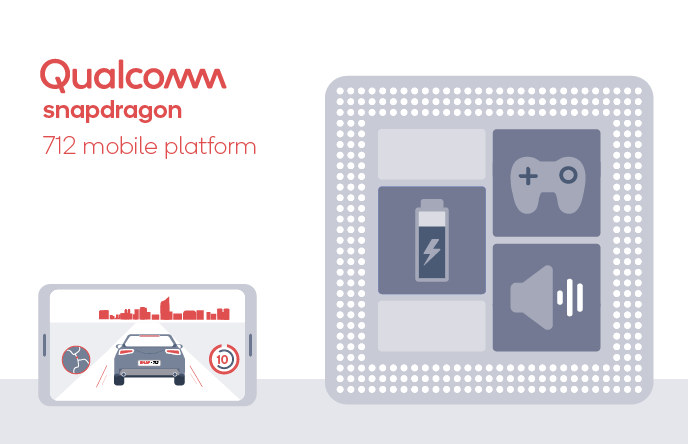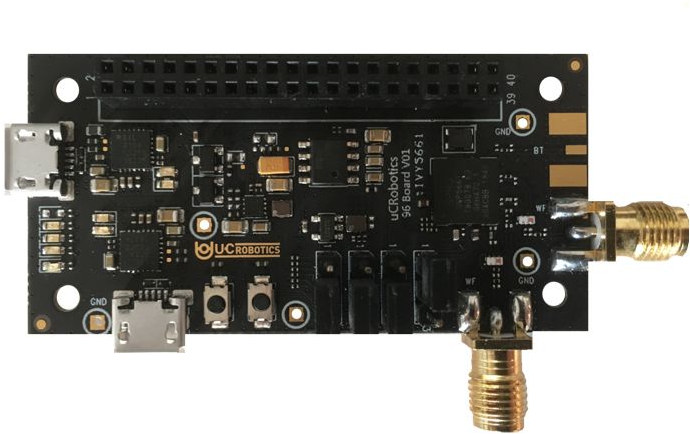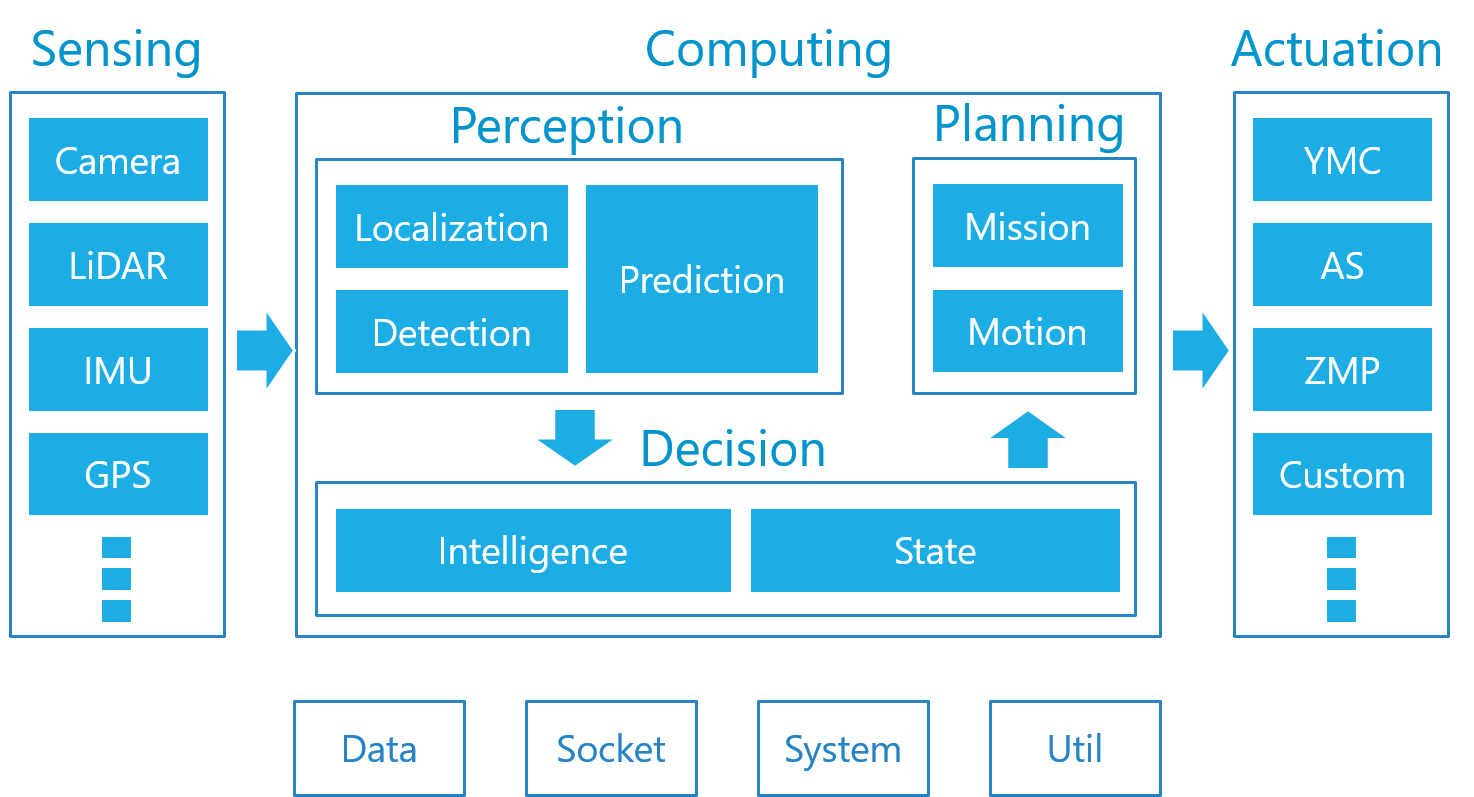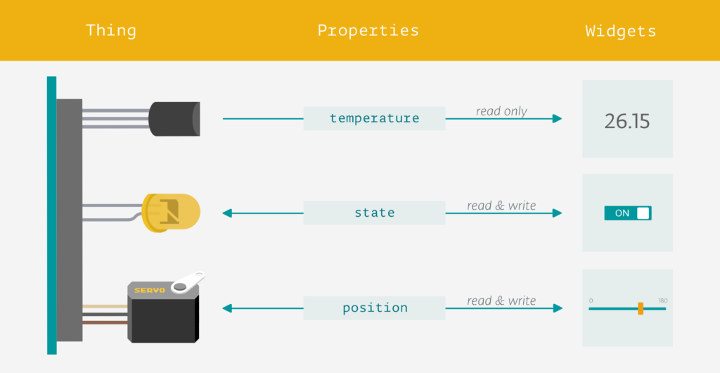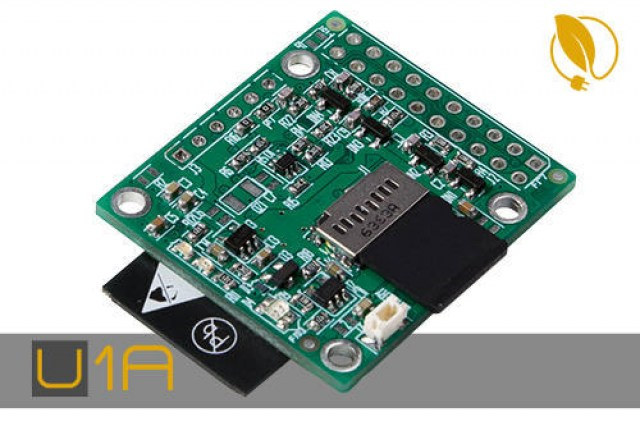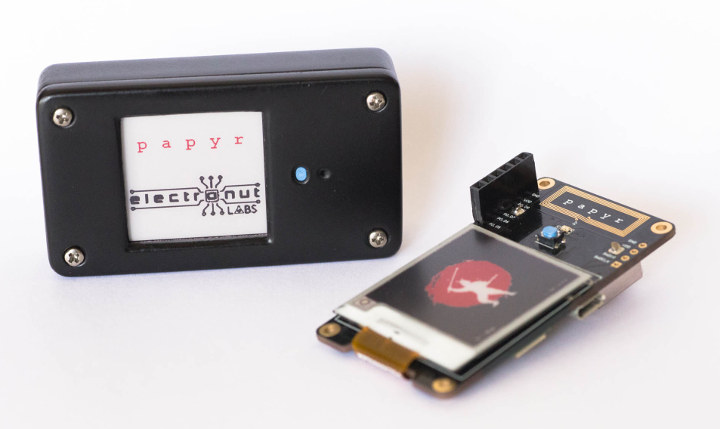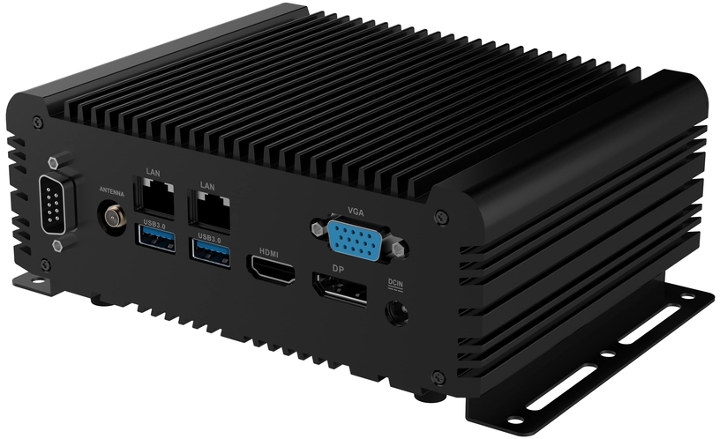Micropython is a lightweight implementation of Python for microcontroller which we covered first in 2013. The port is supported by various hardware platforms, and I even tested Micropython on ESP32 a little while ago, but the developer – Damien George – also launched officially supported boards starting with Pyboard in 2014 with an STM32F4 microcontroller. At FOSDEM 2019, the upcoming Pyboard D-series (aka Pyboard D, or just PyBD) board was introduced during the Micropython presentation with a faster STM32F7 Cortex-M7 MCU, as well as built-in WiFi and Bluetooth connectivity. Pyboard D preliminary specifications: MCU – STMicro STM32F7xx Arm Cortex M7 microcontroller at 216 MHz with 512KB RAM, 2MB flash Storage – micro SD card slot, and 2x external flash chips Connectivity – WiFi & Bluetooth with on-board antenna and u.FL antenna connector USB – 1x micro USB port for power, flash disk access, and USB to serial debugging/programming Expansion 2.54mm […]
Qualcomm Snapdragon 712 is an Incremental Upgrade to Snapdragon 710 Processor
Last year, Qualcomm unveiled the Snapdragon 710 processor aiming to bring faster A.I. processing to mid-range smartphone with double the AI performance compared to Snapdragon 660. The company has now introduced an upgrade to the processor with Snapdragon 712 that delivers better battery management, auto-adjust settings for pictures, and improved understanding of voice cues. Qualcomm Snapdragon 712 mobile platform (SDM712) specifications with hightlights in bold showing differences against Snapdragon 710: CPU – 8x Qualcomm Kryo 360 CPU @ up to 2.3 GHz (in two clusters) GPU – Qualcomm Adreno 616 Visual Processing Subsystem supporting OpenGL ES 3.2, OpenCL 2.0, Vulkan, DirectX 12 DSP – Qualcomm Hexagon 685 DSP with 3rd Gen Qualcomm Hexagon Vector Extensions (HVX), Qualcomm All-Ways Aware Sensor Hub Memory I/F – LPDDR4x, 2x 16-bit up to 1866MHz, 8GB RAM Storage I/F – No info provided Display – Up to Quad HD+ Video Up to 4K Ultra HD […]
Ivy5661 Bluetooth 5 + 802.11ac WiFi IoT Board Up for Pre-order for $35
There are many WiFi and/or Bluetooth board designed for the Internet of Things thanks to ESP8266 / ESP32, and other solutions, but usually they all work in the 2.4 GHz frequency band which can be an issue in crowded environments. Last October, we covered ucRobotics Ivy5661 96Boards compliant IoT board that offers a dual core Arm Cortex-M4F MCU with 802.11ac WiFi 5 and Bluetooth 5 connectivity. It was still under development at the time, but today, I’ve noticed it was listed on Seeed Studio for $35 with shipping scheduled for the end of February. ucRobotics Ivy5661 board specifications: SoC – UniSoC UWP5661 dual core Arm Cortex-M4 microcontroller @ 416 MHz manufactured with 28nm process Storage – 32Mbit NOR flash Connectivity (built in SoC) Dual band 802.11ac 2×2 MIMO WiFi 5 up to 866MHz; supports repeater mode, RTT indoor positioning Bluetooth 5 with support for high power mode, BT mesh, and […]
Autoware is an “All-in-One” Open-source Software for Autonomous Driving
All major automotive companies, and some technology companies are all working on autonomous driving with the ultimate goal of achieving level 5 autonomous driving meaning no human intervention is needed at any stage. Development will take some more time, and companies are now competing with closed source software and hardware. But as I browsed through Linaro Connect Bangkok 2019 schedule, I found out there’s an open source autonomous driving software called Autoware.AI. Several “Autoware” projects are managed by the newly founded Autoware Foundation, a non-profit organization created to develop a synergy between corporate development and academic research in order to provide access to autonomous driving technology for everyone: Autoware.AI is the first version built on ROS 1, and Linux, and has been developed as a research and development platform Autoware.auto is the second version built on ROS 2, and Linux, with a complete redesign. Autoware.IO is an interface project for Autoware […]
Arduino IoT Cloud Public Beta Launched
It’s long been possible to get data from sensors connected to official or compatible Arduino board, upload it to some cloud services, and watch the results is a neat web interface. But until now, you had to rely on third party services such as ThingSpeak, Adafruit.io, or Thinger.io to name a few. Arduino has now announced their own Arduino IoT Cloud services is entering public beta. You’d normally need to modify the sketch by hand to connect an Arduino board to the cloud, but Arduino IoT Cloud can automatically generate a sketch when setting up a new project, and help you get started quickly in less than five minutes. The Arduino IoT Cloud supports HTTP REST API, MQTT, Command-Line Tools, Javascript, and Websockets, and devices are secured using X.509 certificate-based authentication. To get started, you’ll need an Arduino MKR board, and create an account or login to Arduino IoT Cloud. […]
Novasom SBC-U1 is a Tiny Industrial grade ESP32 Single Board Computer
Novasom Industries is an international company specializing in SBCs (Single Board Computers) with offices in Romania and the US. Most of their products are based on Arm and Intel processors, and they have two product lines their U-Line for low power IoT devices, and M-Line for applications requiring multimedia processing with various Rockchip, Qualcomm, and Intel processors. One model in the U-Line caught my attention, as beside an NXP i.MX6ULL SBC, the company is also offering an industrial temperature grade ESP32 SBC named SBC-U1 / SBC-U1A. SBC-U1/SBC-U1A board specifications: SoC – Espressif Systems ESP32 dual core Tensilica LX6 processor @ 240 MHz, 384KB RAM Storage – 4MB flash, micro SD card slot up to 32GB Connectivity – 802.11 b/n/g WiFi 4, Bluetooth 4.1 LE I/Os – 24-pin 2.54mm pitch header with up to 15 GPIO @ 3.3V, I2C, SPI, 2-ch 12-bit ADC, 2-ch 10-bit DAC, 2x protected inputs up to […]
Papyr is a Nordic nRF52840 based Bluetooth/802.15.4 ePaper Display
Electronut Labs has designed a Nordic Semi nRF52840 boards featuring a black, red, and white e-Paper display. Papyr board supports both Bluetooth LE (BLE5, BLE Mesh) and 802.15.4 (Thread, Zigbee) connectivity, and can be controlled via an Android app, with iOS support coming later on. Papyr hardware specifications: Wireless Module – Raytac MDBT50 module with Nordic nRF52840 BLE/802.15.4 SoC (as used in Raytac MDBT50Q-RX Bluetooth 5 LE USB adapter) Connectivity – Bluetooth 5 LE/Mesh, 802.15.4 (Thread/Zigbee), NFC (PCB antenna) Display – 1.54″ 200×200 pixel red/black/white epaper display USB – 1x micro USB device port Expansion – Extra GPIOs via 2.54mm header Debugging – SWD Programming header Misc – RGB LED, push button, USB/Battery power switch Power Supply – 5V via USB, or CR2477 coin cell Dimensions – 65 x 35 mm You can control the board using Electronut Labs app for Android. Three features are supported at this stage: Draw, […]
ZOTAC Unveils ZBOX PRO Embedded Mini PC Line-up
ZOTAC is known for their ZBOX consumer and business mini PCs, but they are now entering the embedded computing market with the launch of ZBOX PRO line-up based on their commercial offering but with more robust designs for medical equipment, industrial robots, casino game systems, IoT gateways, ATMs, and more. The company launched 5 models features various Intel processors from Celeron to Core-i7, but I’ll focus on the three passively cooled low power models in this post. ZBOX Pro CI329 nano Specifications mostly follow the ones of ZBOX CI329 Nano model with differences highlighted in bold or stricken-through: SoC – Intel Celeron N4100 quad-core processor (1.1GHz up to 2.4GHz, 4MB cache) with Intel UHD Graphics 600 System Memory – 2x DDR4-2400MHz dual-channel SO-DIMM slots, up to 8GB Storage 1x 2.5″ SATA 6.0 Gb/s HDD/SSD bay 1x M.2 2242/2260 key-M socket for SSD SD/SDHC/SDXC card reader Video Output 1x HDMI 2.0, […]

